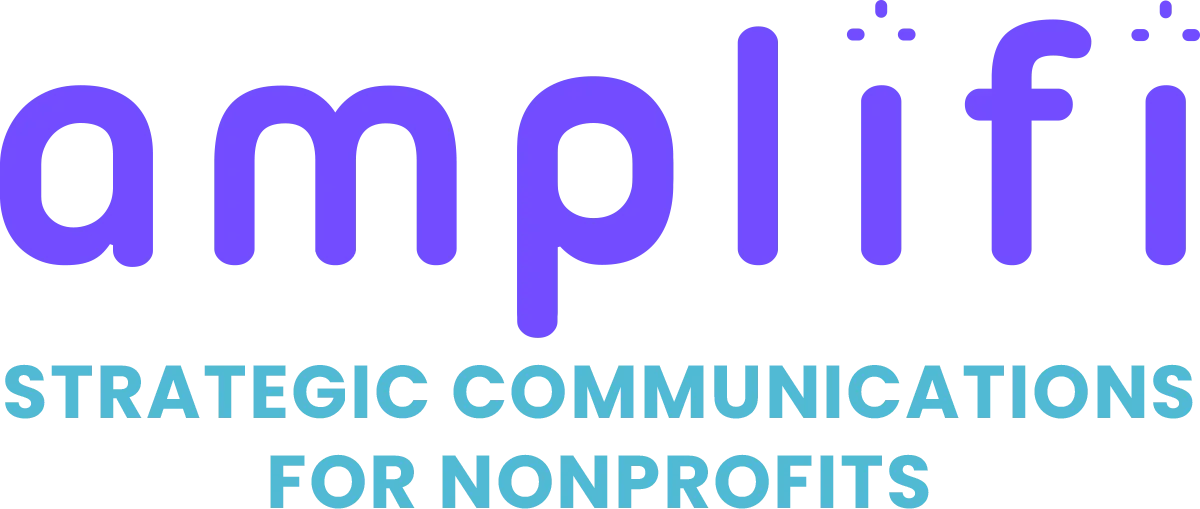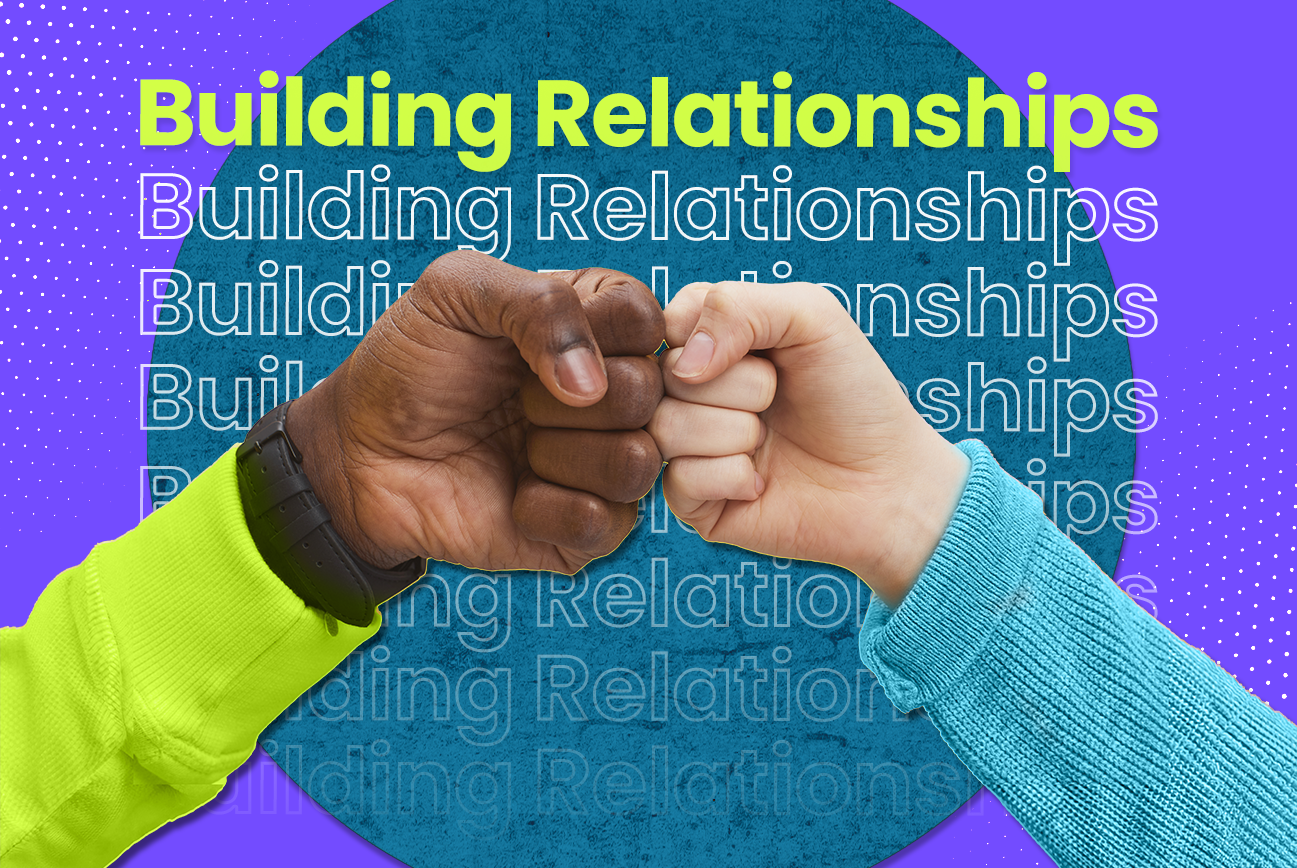Building and maintaining strong relationships takes work, whether we’re talking about friends, romantic interests, or between a new donor and the nonprofit they supported. But it’s usually worth it! And you can set your nonprofit up for a stronger year by focusing on your relationships with new donors.
How many donors gave to your organization for the first time between GivingTuesday and the year-end? And how many do you think will be around to give again next year?
Donor retention is a concern for every fundraiser. And the new donor retention rate is down -4.8 percent year-over-year, according to the Fundraising Effectiveness Project.
You can’t form a deep connection or build bonds with someone if you only have a brief interaction or one-time-fling. So, you’ll need to put in the work to make every supporter feel valued in your community and excited to make a bigger difference.
Welcome them to the family.
The excitement after someone gives for the first time doesn’t last long. Yes, they will feel good after making a difference. But you need to do more than send an automated thank you email to prolong that feeling and build relationships with new donors.
Trust us, donors will find other organizations that put in the work to woo them if you don’t step up your game.
So, there are a few key parts you’ll need to include in your new donor welcome kit.
First, you’ll need a welcome letter to express gratitude, usher new donors into your community, and share the impact of their first gift. Keep it simple, heartfelt, and to the point.
Include a brochure or one sheet to reinforce why your work matters and how every donor makes it possible. Showcase images that tell stories about your nonprofit’s impact and sprinkle in key facts and statistics about your mission.
You see a lot of football jerseys on Sundays. And your donors should be able to flaunt their allegiance, too! So, load your welcome kit with branded merchandise, including T-shirts, magnets, hats, and bumper stickers so supporters can wear their support on their sleeves.
Remember, your welcome kit isn’t a one-off gesture. It’s the foundation of a lasting relationship.

Get them out and about.
Money talks. But volunteering screams commitment.
Volunteering allows donors to put their dollars to work and see your mission in action. And it brings them closer to the cause and your organization when they spend time with your staff, other volunteers, and the people you serve. Our blog talks a lot about delivering a personalized experience. And it’s hard to think of something more personal for a new donor than one-on-one time with those closest to your work.
You can link to a volunteer opportunities page on your website in your automated thank you emails to get started. Leading visitors to a contact form and following up directly is enough to get started. Then, build a more in-depth communications strategy for volunteers as you grow.
READ MORE: Six strategies for securing a second gift.

Invite them to events.
Inviting donors to your event isn’t just about filling seats. It’s a nod that says, “You’re part of this family, and we want you here!”
The gesture will resonate even if they can’t attend. It’s the difference between being just another donor and feeling like a valued member of the inner circle.
But don’t start sending your entire appeal list invitations to your next event! You must have your data together to rule out people who should not be invited to your events.
To us, it’s an indicator that you’re not using your data to communicate strategically. But to the donor, it’s a sign that you’re not paying attention and don’t know who they are. Not exactly what you want people to think when building relationships with them.
So, remember. It’s the thought that counts. But you’d better put some thought into it first!
READ MORE: How to go surround sound with your event outreach.

Learn more about them.
Speaking of your data… you should always want more of it!
After all, strong data is the key to building more relevant fundraising communications. So set yourself up for success by taking the opportunity to learn more about your new donors now.
Everything you discover will help you build more personalized messages that resonate with donors one-to-one. So, sending a survey and learning more about them will be a huge help as you build relationships with new donors going forward!
And remember, relationships are a two-way street. So, give donors the opportunity to ask you questions of their own. Their feedback may help you see things in a different light and open you up to new ideas about how to approach your fundraising outreach.
Asking them if they have any questions shows them you care about your donors and take the time to hear them out.
READ MORE: Are you keeping good data hygiene?
They’ve done their part.
At its core, fundraising is all about relationship building. None of us could achieve our goals without the help of our supporters. And you can almost say your communications strategy and outreach materials are just ways to maintain those relationships.
You need to connect with new donors who gave in 2023 and put in the work now. They’ve done their part by making their first gift to your nonprofit. Now, it’s time for you to reciprocate.
Someone who gives for the first time shares your core values and believes in your mission. And something about your nonprofit’s communications convinced them your organization was the best way to make an impact.
So, don’t disappoint them! What you do next will be critical. Will you make an impression and secure long-term support? Or will you fall short and lose them to an organization that will?
Click here to talk one-on-one with an amplifi Development Strategist!









